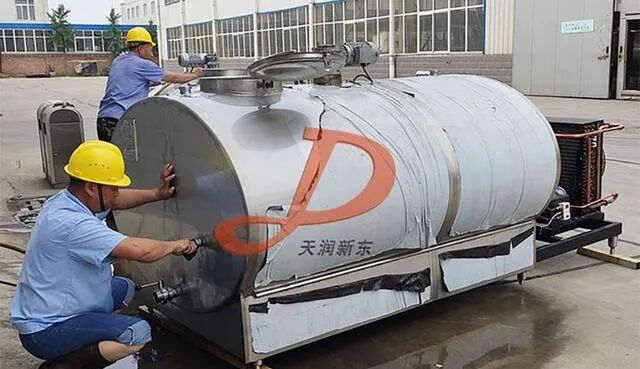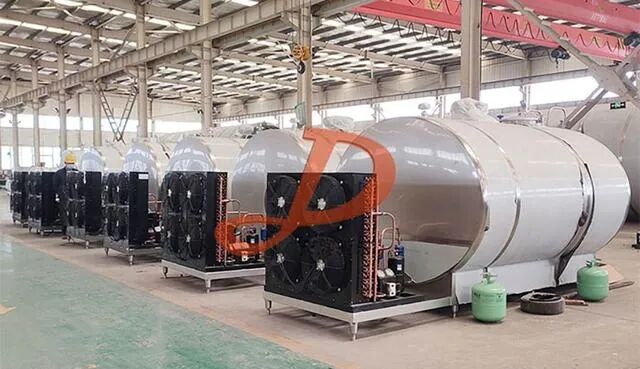“Development of PLC Temperature Control System: Achieving ±0.5℃ Precision Temperature Control, Letting Equipment Say Goodbye to ‘Overheating’ Troubles!”

1. Hardware Selection: To do a good job, one must first sharpen their tools
Core Controller: Siemens S7-1200/1500 Series PLC (supports PID algorithm)
Temperature Sensor: PT100 Platinum Resistance (accuracy 0.1℃)
Actuator: Solid State Relay + Heating Tube (response time ≤ 0.5 seconds)
Display Interface: Weintek Touch Screen (supports remote monitoring)
2. Software Programming: Making the PLC ‘Smart’
PID Algorithm: Incremental PID + Anti-saturation Processing (to avoid overshoot)
Alarm Mechanism: Audible and visual alarm when temperature deviation > 0.5℃
Data Logging: Temperature curve stored every 10 seconds (Excel export)
3. System Debugging: Details Determine Success or Failure
Parameter Tuning: Ziegler-Nichols Method (quickly find optimal PID parameters)
Interference Testing: Simulate inverter interference to ensure system stability
Redundant Design: Dual temperature sensors + Hot backup PLC
4. Operation and Maintenance Optimization: Ensuring System Longevity
Regular Calibration: Calibrate sensors annually using a high-precision temperature box
Fault Diagnosis: Built-in diagnostic function in PLC (supports fault code query)

Energy Consumption Analysis: Real-time monitoring of heating energy consumption, optimizing control strategies
Risk Assessment: Identify temperature-sensitive areas (e.g., reactors, ovens)
Solution Selection: Choose hardware + software combinations based on scenarios
Pilot Testing: First retrofit one production line to verify effectiveness
Full Promotion: Complete factory upgrade within 3 months
Seven, The Three Soul-Searching Questions
Has your factory suffered losses due to temperature control issues?
Do you know how to achieve ±0.5℃ temperature control using PLC?